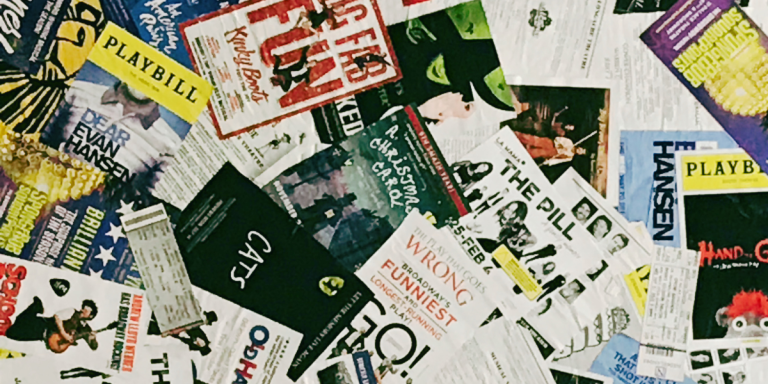theater
The 2025 Tony Awards Gave These Queer Icons the Stage They Deserve
Drew Burnett Gregory
Jun 8, 2025










